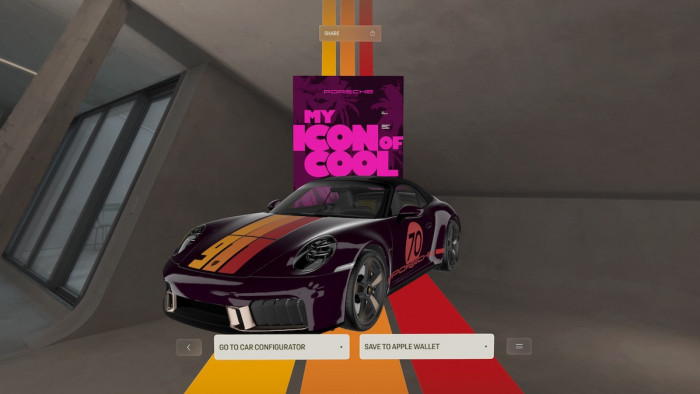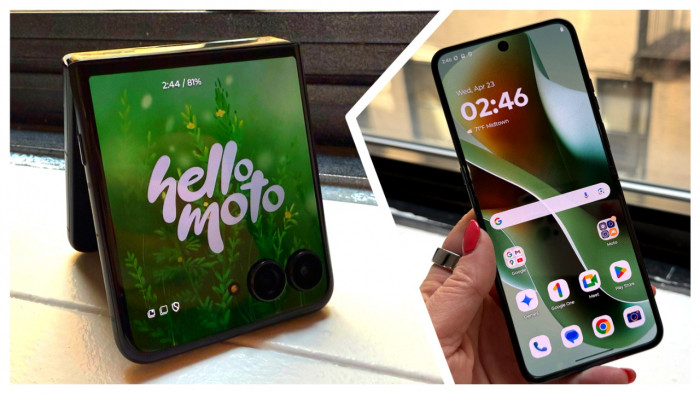Forget jetpacks, hoverboards or lightsabers - SpaceX just pulled off the most important tech stunt of the century.
The rocket you can see in these pictures is the Falcon-9, a reusable design that Elon Musk's space company hopes will chart the way to cheaper space flights (putting rockets in space is insanely expensive).
Early on 22 December, the unmanned Falcon-9 rocket took off from Cape Canaveral Air Force Station in Florida, delivered its payload of 11 communications satellites into orbit before - and this is the fancy bit - landing upright back on Cape Canaveral's tarmac.

Since NASA stopped sending missions to the International Space Station (Russian rockets currently run supply missions), they've been looking for a long-term solution to reaching orbit. Earlier this year they signed a £1.08 billion contract with SpaceX to deliver astronauts to the International Space Station - a process which will use different rockets to the Flacon-9, but forms a wider picture of SpaceX's mission to transform space travel into a commercial market.
Previous Flacon-9 tests had been largely successful, though several attempts earlier this year resulted in spectacular expensive explosions.
The next stops on the SpaceX trail? The International Space Station, and then Mars.










